Description
The definition of pig pipeline cleaning
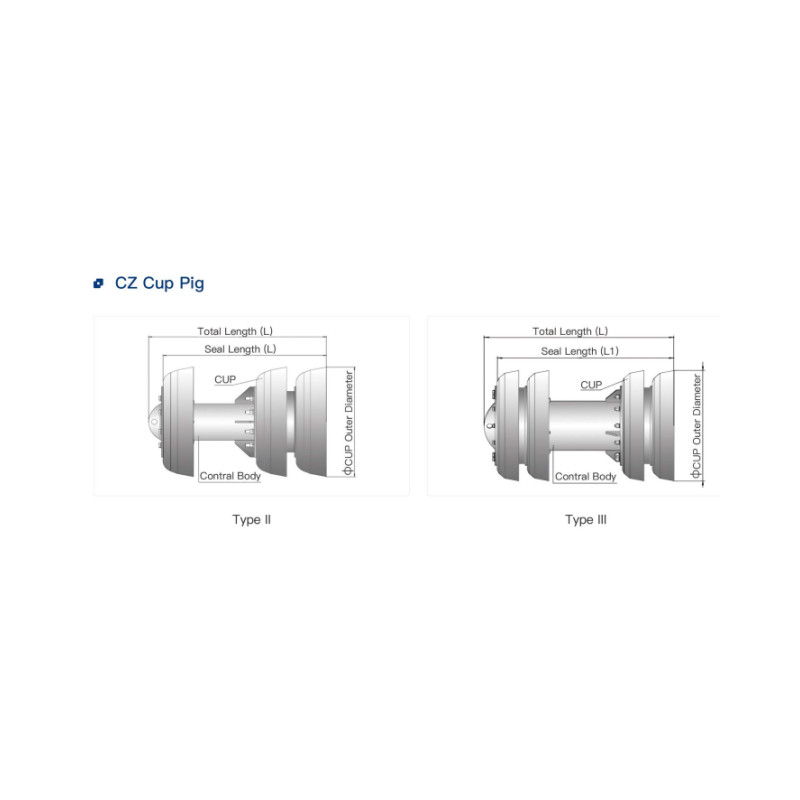
How a pig works
Another way is to use the pressure from the fluid leaking around the pig to pulverize the dirt clinging to the pipe walls and being drained away. This way is more suitable for long pipe cleaning. The outside diameter of the pig is usually 3% to 5% larger than the inside diameter of the pipe. It can be tightly integrated with the pipe, so it is highly sealed during operation and easy to clean up dirt. Especially when the liquid is used as the pressure feed liquid, the jet formed will have a strong impact ability on the dirt on the pipe wall.
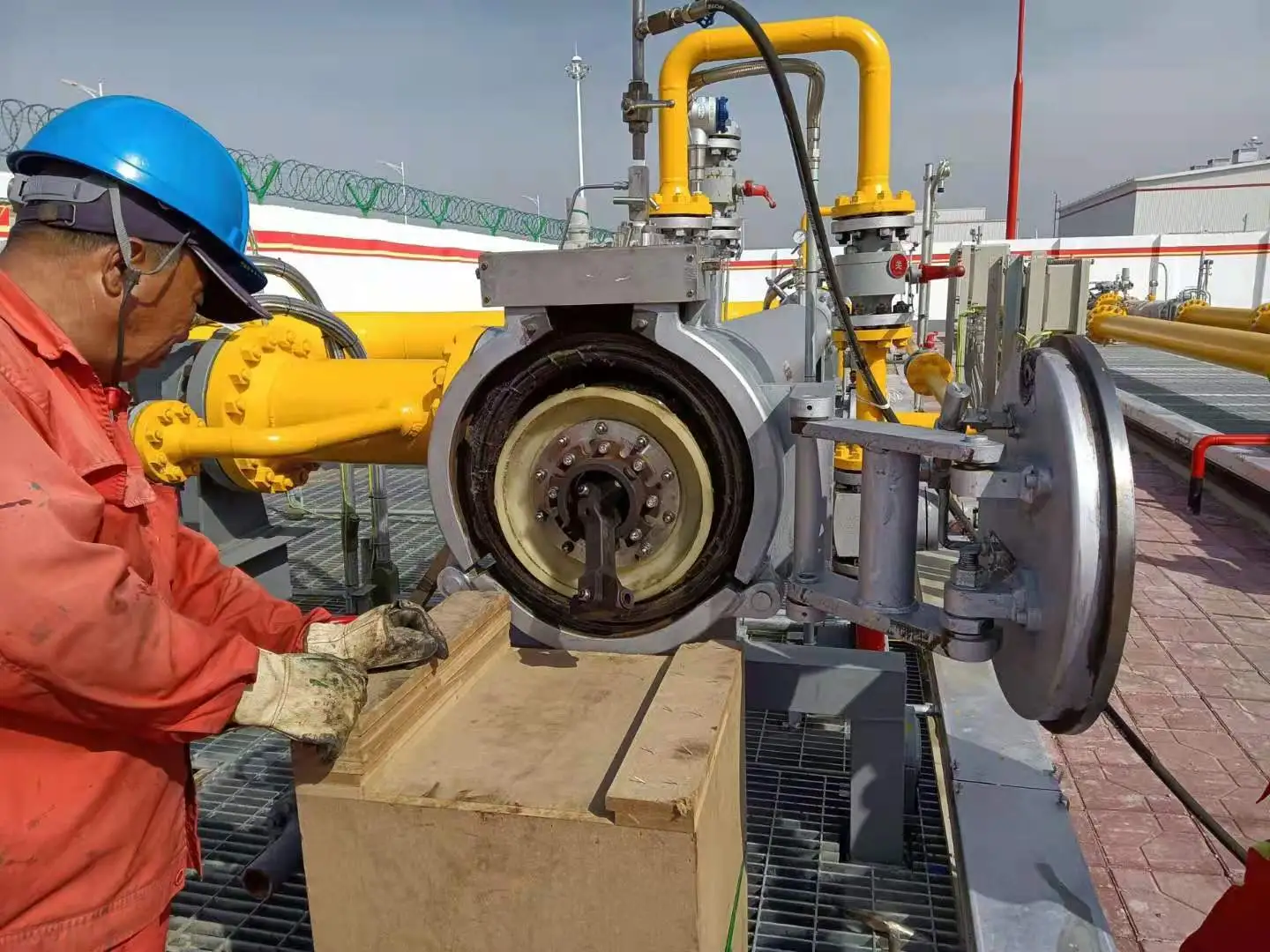
Pig cleaning process
When pigging, provide sufficient pressure and flow to propel the pig and the removed scale forward. According to the scaling situation in the pipe, the specification and type of pig should be carefully selected, and sent successively from small to large, so as to avoid the blockage of pig in the pipe. Based on the surface wear condition of the last pig received and the change in pipeline pressure and flow rate, the equivalent pipe diameter under the current condition is calculated to select the pig size for the next time.
Before pigging, it is necessary to clearly understand the specifications, length, service life, safe working pressure, relative height difference, crossing and crossing situation, elbow, bevel, whether there is deformation, valve chamber, valve well, branch line, base and special situation of landform of the pipeline. It is also necessary to know whether the pipeline has been transformed, and the wall thickness of the transformed part. It is worth noting that when some pipelines are transformed, the nipple and base used are quite different from the original inner diameter, and these bases and bases are often very close to the receiving and receiving device, which brings great difficulties to receiving the ball. The main performance is that when the pig runs to these places, it is blocked due to the smaller inner diameter of the pipeline, which requires a higher pressure difference to promote. Once the pig starts running, the speed is very fast, and it is easy to form an impact on the receiving device, resulting in accidents. Therefore, in the pipeline transformation, choose the pipe with roughly the same inner diameter as the original, so as to avoid future problems. The pig transceiver device must be in good condition, the relevant valve switch must be flexible without internal leakage, the instrument performance is reliable, the blowdown and blowout meet the pigging requirements, the blowout ignition device is in good condition, the sewage tank capacity meets the requirements, the dry gas pig drain is recommended to be submerged by water more than 300mm, make sure the pig, pig indicator, quick opening blind plate, pig tracker is in good condition, etc. According to the field investigation before the pigging operation and the previous pigging experience, information, and data, according to the natural gas pipeline process characteristics, etc., the pigging scheme is prepared.

Pig sending and receiving process
(1)Pig delivery process
1. Close the sending partition valve and balance valve:
2. Open the vent valve and remove the pressure in the sending cylinder. Before the pressure in the sending cylinder reach the atmospheric pressure, the blind plate should not be opened in a hurry;
3. Open the blind plate and put the pig in until the pig reaches the neck tube of the sending barrel and fits tightly there;
4. Close the blind plate and slightly open the balance valve to discharge the air in the sending cylinder;
5. Close the blowoff valve and slowly increase the pressure in the sending barrel to the line pressure;
6. Close the balance valve. If you open the partition valve of the pig-sending barrel without closing the balance valve, the pig may be damaged;
7. Open the pig transmission block valve:
8. Open the balancing valve, turn down the main valve of the line, and make the pig pass through the sending barrel;
9. Open the main valve of the line;
10. Close the transmit barrel block valve and bypass the balance valve.
(2) Receiving process
1. Close the vent valve and blind plate
2. Before the pig arrives, open the balancing valve first, and then open the receiving cylinder block valve. If the pig does not enter the receiving cylinder, the main valve of the line should be slowly closed until the pig is pressed into the receiving cylinder;
3. Once the pig is in the receiving barrel, open the line main valve;
4. Close the receiving cylinder block valve and balance valve;
5. Open the vent valve to discharge the pressure in the cylinder until the pressure in the receiving cylinder drops to atmospheric pressure;
6. Open the blind plate and remove the pig;
7. Close the blind plate, open the balance valve slightly, and discharge the air in the receiving cylinder;
8. Close the blowoff valve and slowly raise the pressure in the receiving barrel to the line pressure;
9. Close the balance valve. The balance valve and receiver block valve should be open to receive the next pig.
pig pipeline cleaning

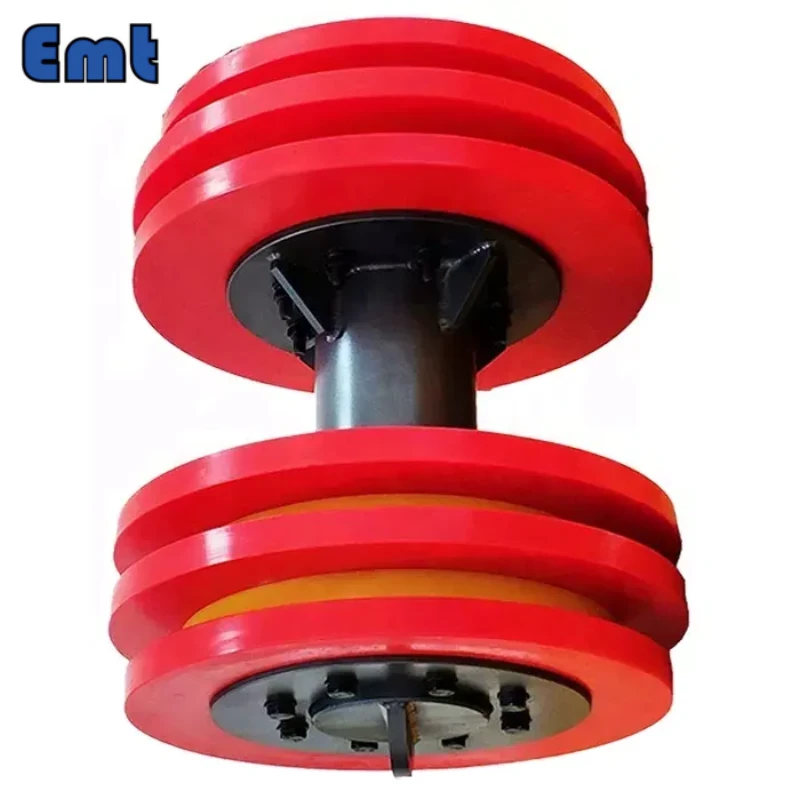
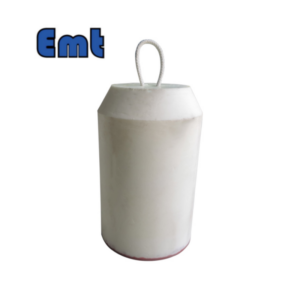
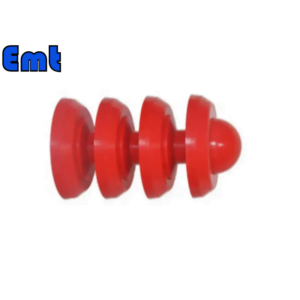
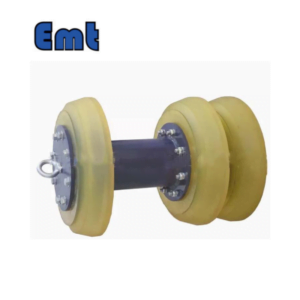
Reviews
There are no reviews yet.